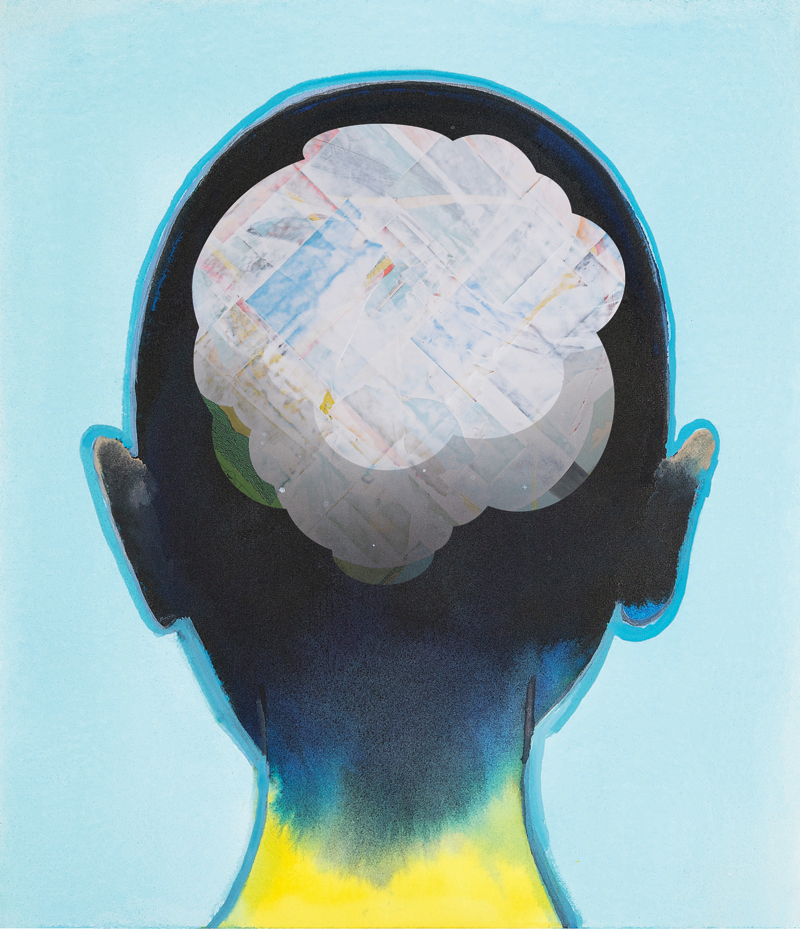By Adam Grossi
Spring signals a time for juice cleanses, diets, new exercise regimens and countless other ways to rid the body of toxins. While these approaches to well-being can serve the body well, physical cleansing often represents a temporary, even superficial path. Like new paint on the walls after a plumbing leak, they cover the water stains but neglect the deeper structural issues.
Yoga follows the philosophy of Samkhya, which is built on an understanding that outer life, our physical form, flows from the inner life of our complex psychological, emotional and spiritual core. Obviously, eating unhealthy foods makes the body unhealthy. Yoga teaches that in order to make smarter dietary choices — like replacing diet soda with lemon water — the desire and will to eat healthier foods must first take hold in the deeper layers of our existence.
The yoga tradition explains that working on your “inner world” affects the root of the mind and the energy that animates it–prana. While it’s difficult to give an exact definition of prana, our best way to understand it is to actually work with the disciplines that reveal its nature. The practice of pranayama, which in Sanskrit roughly means “the extension of the vital life force,” is the art of breath control that can bring the mind and body into harmonious state of health and peace.
The breath is our best access point into the movement of prana. Breathing links our conscious awareness to the largely unconscious workings of our autonomic nervous system. Breath navigates the grey area between mental activity and deep physical processes like an interface between the mind and the body.
Breathing properly takes practice. Pranayama teaches you to observe, regulate and shape the flow of the breath. Paradoxically, control of the breath releases control of the prana. By experimenting with your current breathing patterns, you disrupt the habitual flow of prana, which causes subtle patterns of feeling and thinking to arise.
Powerful emotions can often arise during pranayama practice. It’s important to continue on when these strong feelings surface. These psycho-emotional patterns, known as samskaras, will eventually weaken and dissolve. By avoiding the urge to get hooked by a burst of anger or fear, for example, the energy that propels the emotion will expend itself, like a firework that stuns with its spectacle before dissipating into the sky.
In this way, pranayama cleanses the mind and the heart. Through regular practice we attenuate the influence of old, stale patterns of thinking and feeling, creating space for fresh experience and allowing us to be truly present. Shifting habits becomes easier as we become less subordinate to past decisions. Our conscious intention becomes more of a proactive agent in our actions and decisions.
As with yoga postures, pranayama is to be approached mindfully. Just as forcing your way into a pose may injure your body, forcing advanced breathing techniques can produce aggravation and stress.
Some teachers insist that pranayama is only for advanced practitioners. Others feel that basic breathing techniques can be effective for anyone. Most local yoga classes
contain a component of breath awareness, and many teachers incorporate breathing techniques into their class plans. Chicago teachers Jim Bennitt, co-owner of Tejas Yoga, and Gabriel Halpern, director of The Yoga Circle, both offer regular pranayama classes.
Pranayama is not dramatic to watch and is exceptionally subtle to practice. Those that can slow down and turn inward enough, however, may find this quiet practice to be the most rejuvenating cleanse of all.
Adam Grossi is fascinated by the shape and structure of normalcy, using both visual art and yoga to refine his understanding of the world and increase his empathy for the other beings in it. He practices and teaches primarily at Tejas Yoga in the South Loop. A perpetual creator, Adam has received various awards and honors as a painter, writer and designer. adamgrossi.com

























No Responses to “The Path of Breath”